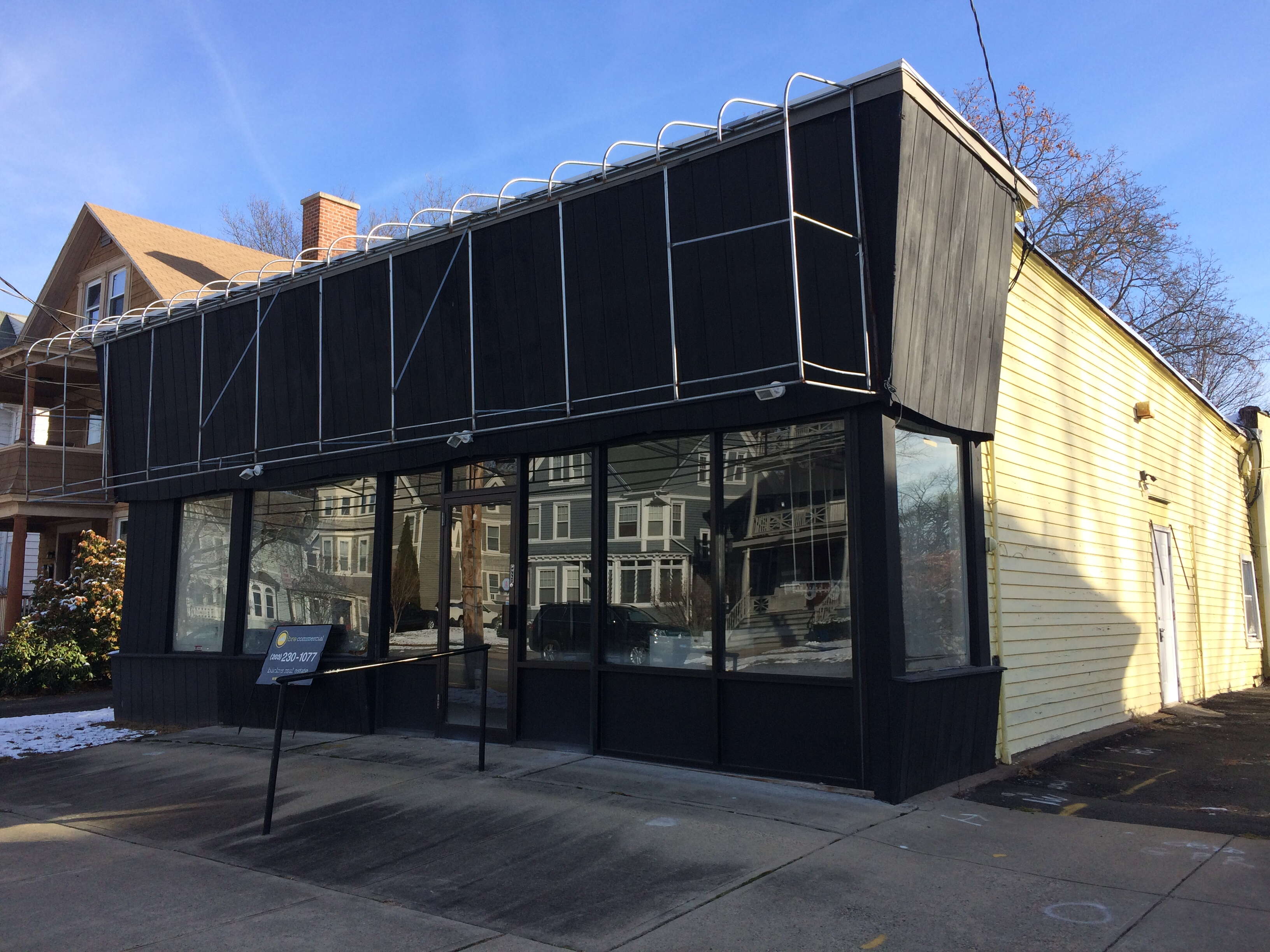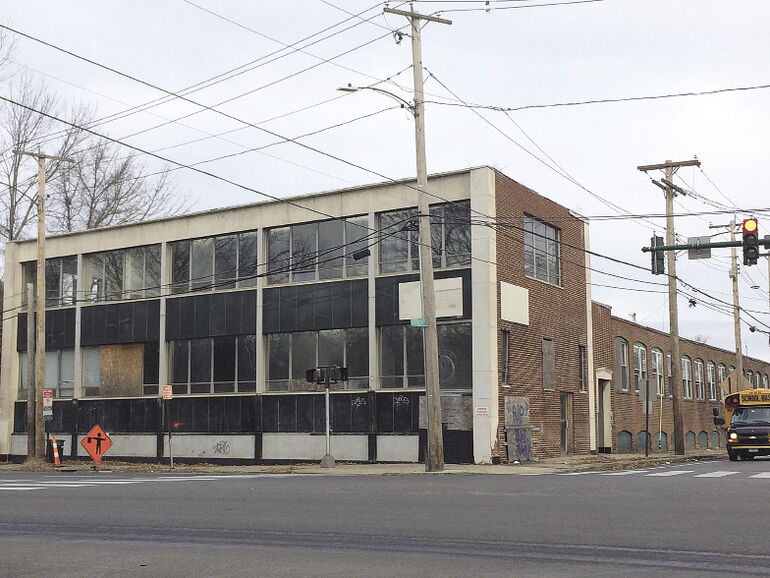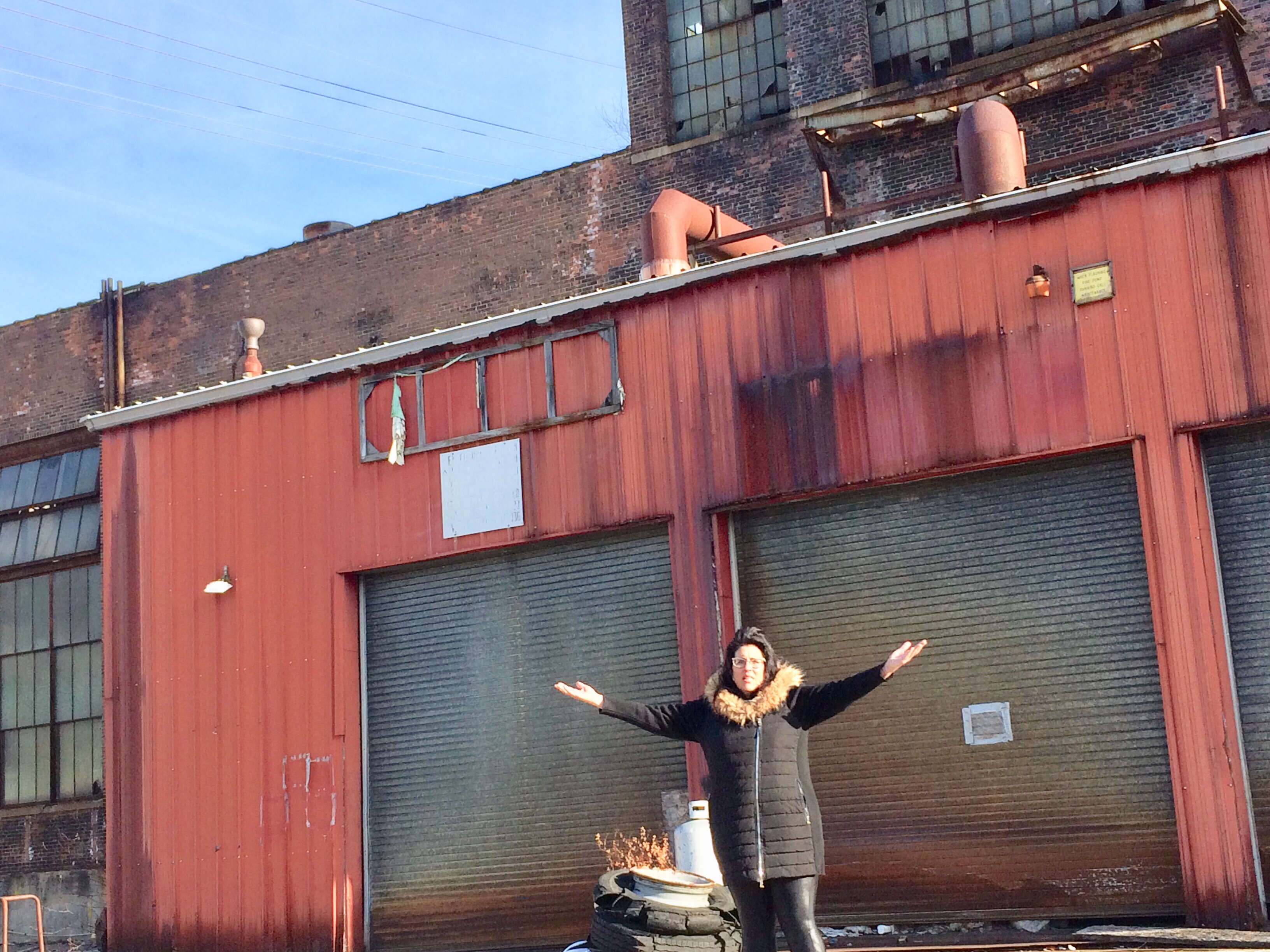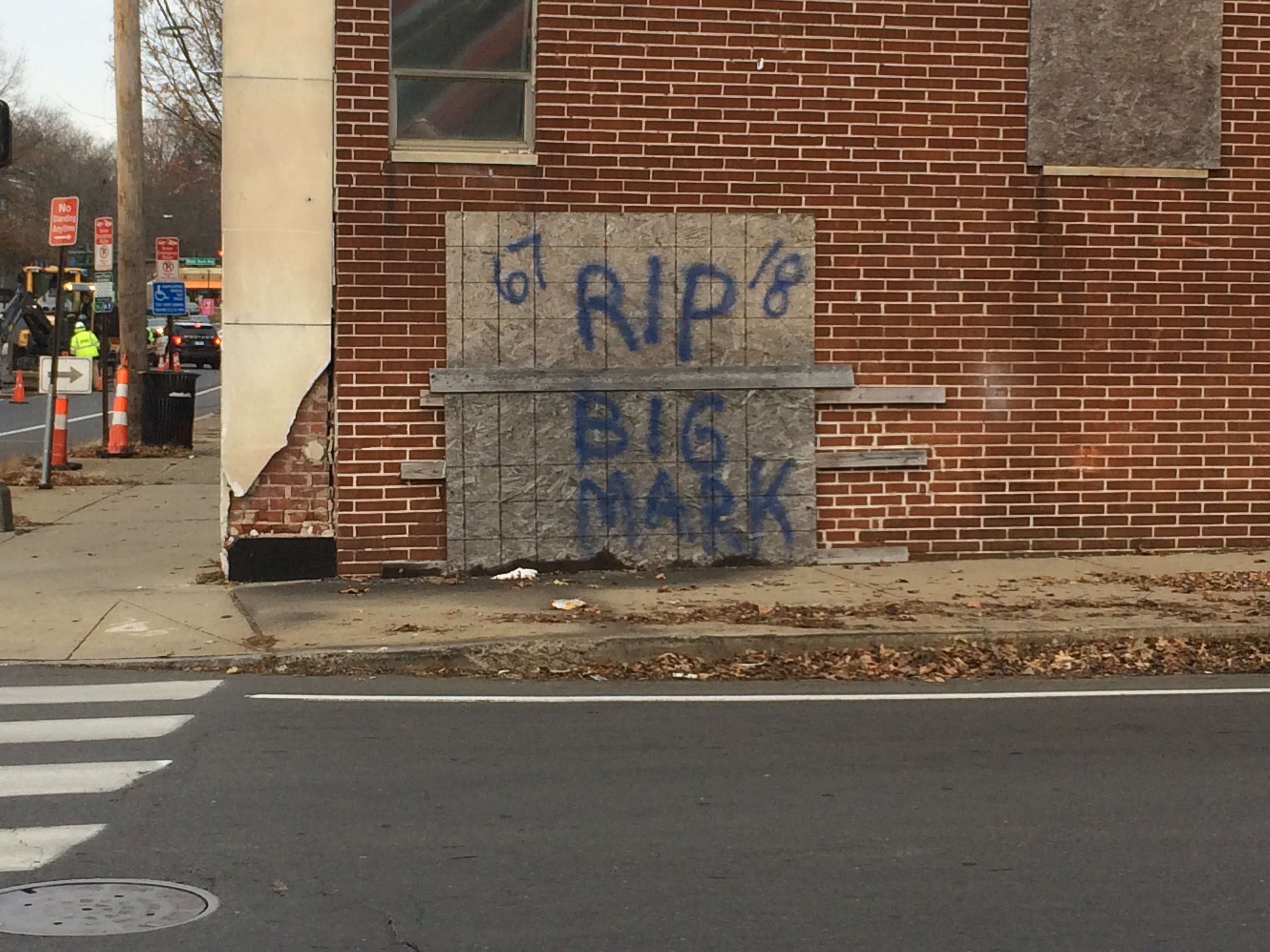
Processing Your Payment
Please do not leave this page until complete. This can take a few moments.
-
News
-
Editions
-
- Lists
-
Viewpoints
-
HBJ Events
-
Event Info
- 2024 Economic Outlook Webinar Presented by: NBT Bank
- Best Places to Work in Connecticut 2024
- Top 25 Women In Business Awards 2024
- Connecticut's Family Business Awards 2024
- What's Your Story? A Small Business Giveaway 2024 Presented By: Torrington Savings Bank
- 40 Under Forty Awards 2024
- C-Suite and Lifetime Achievement Awards 2024
- Connecticut's Health Care Heroes Awards 2024
-
-
Business Calendar
-
Custom Content
- News
-
Editions
View Digital Editions
Biweekly Issues
- April 29, 2024
- April 15, 2024
- April 1, 2024
- March 18, 2024
- March 4, 2024
- February 19, 2024
- February 5, 2024
- January 22, 2024
- January 8, 2024
- + More
Special Editions
- Lists
- Viewpoints
-
HBJ Events
Event Info
- View all Events
- 2024 Economic Outlook Webinar Presented by: NBT Bank
- Best Places to Work in Connecticut 2024
- Top 25 Women In Business Awards 2024
- Connecticut's Family Business Awards 2024
- What's Your Story? A Small Business Giveaway 2024 Presented By: Torrington Savings Bank
- 40 Under Forty Awards 2024
- C-Suite and Lifetime Achievement Awards 2024
- Connecticut's Health Care Heroes Awards 2024
Award Honorees
- Business Calendar
- Custom Content
New Life for Poisoned Properties? Strict environmental restrictions have made many old industrial buildings unsellable. But change may be in the offing.
 781 Whalley Avenue in New Haven
781 Whalley Avenue in New Haven
On Whalley Avenue in New Haven, a 25,000-square-foot brick building has sat idle for years, and it is now covered with graffiti, including initials, symbols and messages like “RIP Big Mark.”
Not far away, a former dry cleaners also lies fallow, awaiting a new use.
The former Ansonia Copper & Brass site in Ansonia has been vacant for years on a nearly 50-acre parcel close to downtown which, if redeveloped, has the potential to invigorate an entire community.
But like hundreds of sites across the region and state, these properties fall under Connecticut’s Transfer Act, as they have environmental issues that must be remediated before they can be redeveloped.
Selling or redeveloping a property with a history of environmental contamination can be challenging. Buyers often balk at remediation costs or delays.
“There have been numerous deals in the New Haven area I have passed on because they were subject to the Transfer Act,” says Christopher Nicotra of Apollo Investment Properties of Fairfield.
“You have to protect yourself,” Nicotra adds. “You could get stuck in limbo with the state, and end up spending significant amounts of money.”
The Transfer Act was enacted in 1985 to place restrictions on the sale of properties with environmental pollution so they could not simply be transferred unremediated from one owner to the next.
According to many in the real estate industry, the law has had the unintended consequence of leaving properties — some with only minor or even just potential contamination — ending up as idle eyesores.
Since its inception, the state Department of Energy and Environmental Protection has received roughly 7,200 Transfer Act filings. Some sites have been sold multiple times, and DEEP officials estimate there are about 4,200 sites around the state. About 1,000 have been completely cleaned up, according to Jan Michael Czeczotka, DEEP’s Division Director, Bureau of Water Protection and Land Use.
It isn’t always hulking old factories impacted by the Transfer Act. Realtors and developers have had it impact deals involving properties where chemicals from dry-cleaning businesses and automotive shops have become an issue, for example. Cleanup costs, time and uncertainty are among the factors killing deals, Realtors say.
In New Haven alone, DEEP has dealt with about 234 filings, with many properties having prior manufacturing, automotive and dry-cleaning uses. Larger cities have more commercial properties, hence more filings — Bridgeport has had 259; Waterbury, 265; and Stamford, 397.

This former dry cleaners at 203 Alden Ave. in New Haven is among properties where redevelopment has been stymied.
With properties languishing, it means lost revenue — and not solely in the private sector: Companies involved in filings would have generated an estimated $178 million in tax revenue for state and local governments in 2019, according to the Connecticut Economic Resource Center.
Connecticut and New Jersey are the only two states that have a Transfer Act.
While the legislature revised it in 2019, many in the real estate and economic development communities are calling for more sweeping changes, which they say are key to finally bringing these properties back to life.
The legislature’s recent revisions to the law, “An Act Concerning the Transfer of Hazardous Waste Establishments,” went into effect Oct. 1. The changes include requiring DEEP to make an “audit or no audit” decision within one year. If an audit is mandated, it must take place within three years.
Also, the law’s wording has been changed to include a new exclusion from the definition of “establishment.” An “establishment” does not include any business operation where more than 100 kilograms of hazardous waste was generated in any one month solely as a result of certain circumstances — such as one-time generation, or complete cessation of a business operation.
Working for change
The legislature currently has a working group, comprised of lawmakers, environmental and business professionals, which is discussing what additional changes should be made.
State Sen. Joan Hartley (D-15) of Waterbury, chair of the Commerce Committee and a working group member, says everyone agrees on the need to clean up contaminated properties, but they also want properties back on the tax rolls.
“We are one of two states [with New Jersey] in the U.S. that have a Transfer Act, and that puts a bullseye on us when developers are looking at us,” Hartley says. “It has been a huge disincentive. It has stymied our real-estate market.”
The commercial and industrial real estate community has given lawmakers numerous examples of how the act has impeded economic development, she says.
“The original purpose was to protect buyers who might not have known a property’s condition, and it has been a tool by DEEP to clean up properties,” Hartley says. However, “What has happened is no buyer is going to walk into a sale with hidden expenses which would prohibit development.”
According to Hartley, potential buyers aren’t touching properties due to uncertainty about how long they’ll be under review.
The working group is “trying to streamline, modernize and simplify the act,” Hartley says.
“There are low-risk and no-risk properties that have been drawn in” under the Transfer Act, Hartley adds. “One person just stored some paint and can’t sell her property. Potential buyers have had to come in and do expensive testing and remediation, and it turned out to be nothing. Sometimes the owners just board up their property because they don’t want to deal with it.”
The working group will make recommendations to the Commerce Committee, which will draft legislation and have public hearings in the upcoming legislative session.
Seeking middle ground
Michael Piscitelli, New Haven’s interim economic development administrator, says it is a “really important moment for the state,” as it tries to reach a middle ground between protecting the environment and economic development. Environmental assessment and cleanup plans need to be affordable, he says.
“Connecticut is one of the earliest manufacturing hubs in the country, and it will take quite a bit of effort for the state to address changes to help put these great sites back in use,” Piscitelli says. “It needs to be a high priority. We hate to see mothballing of great properties.”
Helen Rosenberg, New Haven’s economic development officer, has seen cases drag on for years. She says that reducing time, expense and uncertainty are key.
“It has been a continual struggle to allow cleanup to happen in a timely manner without costs being out of control,” Rosenberg says. “People end up walking away [from deals] because it is just too much.”
The state is often too busy to handle all of the properties falling under the Transfer Act, according to Rosenberg.
State funding to assist with environmental cleanups would make more cleanups possible, she adds.
Economic development officials in smaller communities like Ansonia are grappling with the same problems.
The long-vacant and polluted Ansonia Copper & Brass site has garnered interest from developers over the years, including recently from an amusement chain, according to Sheila O’Malley, Ansonia’s economic development director.
The Ansonia parcel has much going for it, including its size and highway proximity —but it also has an estimated remediation price tag of $12 million, according to O’Malley.
“The Transfer Act scares a lot of people away,” O’Malley says. “If I am a developer, it means I am going to sink a lot of money into a cleanup.”

A new life for the contaminated former Ansonia Copper & Brass site in downtown Ansonia could revitalize the city. Pictured at the site: Ansonia’s Economic Development Director Sheila O’Malley.
O’Malley would like the state to loosen up its regulations on the amount of cleanup required, as well as provide more options for financial assistance.
“Connecticut is so tiny, and you are left with nothing but Transfer Act sites,” O’Malley says. “The restrictions are so tight that it makes redevelopment cost prohibitive. Why make it difficult for a town or city to generate tax dollars and increase their grand list?”
Frank Hird, vice president of the Society of Industrial and Office Realtors (SIOR) Connecticut chapter, says many owners of these properties may lease instead of selling to avoid triggering the Transfer Act.
Sometimes these buildings are knocked down or abandoned — typically, they just sit there, empty, Hird says.
When potential buyers call about a property now, their first question is: “Is that a part of the Transfer Act?” according to Hird. If he answers in the affirmative, he says he typically will hear “Thanks anyway,” before the caller hangs up.
“It used to be they would be asking about the price,” Hird says. With the Transfer Act, “They know it will take a long time and money.”
“If an individual owner can’t afford to clean up a property, they end up sitting dormant, which is not a good answer for the state or the owner,” Hird says. “If someone is faced with spending millions, they may choose to mothball the building, so it sits there and deteriorates. And that happens more often than it should.”

This long-vacant property at 781 Whalley Avenue in New Haven has become an eyesore and has attracted vandals.
Chris Nicotra has dealt with properties impacted by the Transfer Act, including property once occupied by a dry cleaner. He notes that dry cleaners, automotive businesses, furniture stripping facilities, and producers of hazardous waste materials often fall under the Transfer Act.
As an investor, if a property ever had one of these uses, it “immediately puts the brakes on a deal,” Nicotra says, because of unknown costs associated with investigating and remediating environmental issues.
The first question I ask is, “Is it part of the Transfer Act, and did any of those activities occur within the past 100 years?”
According to Nicotra, the Transfer Act “kills many deals,” as developers don’t want to deal with “notoriously slow” regulatory agencies and risk having their projects put in limbo for an indefinite time period. Nicotra recalls placing a deposit on a New Haven property, only to find out it had been used at one time for a limousine company. The deal fell through, and today the property is a parking lot, according to Nicotra.
“It is a major detriment to business in Connecticut,” Nicotra says. “Everybody loses — the state doesn’t get taxes and it really impacts commercial activity. If there are two [equivalent available] properties, one in Massachusetts and one in Connecticut, I will look at the Massachusetts one instead.”
Environmental benefits
The Transfer Act provides an opportunity for DEEP to become aware of and address environmental pollution, Czeczotka says.
“What it does that is beneficial is get pollution out of the environment,” he says.
While Czeczotka has heard from the commercial real estate community about deals being killed, he said his office has seen success stories, with properties getting cleaned up and redeveloped.
“What the law itself requires is not so difficult,” Czeczotka argues. “People want to know — how much time will this take? What will be the cost? What is the end point? We feel we can strike a good balance.”
Czeczotka, who also is a member of the working group, understands the perspective of real estate professionals and property owners, and the need to “strike a balance between the environment and economic prosperity.”
“There are always opportunities to make improvements,” he says.
Czeczotka says that in the mid-1980s, before the Transfer Act became law, people were buying and selling properties without undertaking much-needed cleanup.
“This was created so we knew the condition of a site and who is taking responsibility, and DEEP could make sure the sites were cleaned up,” he says.
Amid stories of killed deals and idle properties, there are also success stories.
An empty industrial building at 166 Chapel Street in New Haven is getting a new use in spite of being in the Transfer Act for several years. Hird was involved in the transaction, which involves a building formerly owned by manufacturer Von Roll USA Inc.
“[The owners] were good corporate citizens and kept working to get it out of the Transfer Act,” Hird said. “When they sold it, the buyer got a good deal because they accepted responsibility to finish the work.”
Von Roll USA Inc. makes electrical insulation products. The property had been contaminated with petroleum compounds, metals and polycyclic aromatic hydrocarbons, according to documents at City Hall.
The new owner, Art to Frames, makes and ships personalized and custom photographs and artwork, and its reuse of the New Haven facility will create about 150 jobs.
“That is a good ending,” says Hird.
With changes to the Transfer Act under discussion, economic development and real estate officials hope more happy endings are on the horizon.

2022 Giving Guide
This special edition informs and connects businesses with nonprofit organizations that are aligned with what they care about. Each nonprofit profile provides a crisp snapshot of the organization’s mission, goals, area of service, giving and volunteer opportunities and board leadership.
Learn more
Subscribe
Hartford Business Journal provides the top coverage of news, trends, data, politics and personalities of the area’s business community. Get the news and information you need from the award-winning writers at HBJ. Don’t miss out - subscribe today.
Subscribe
2024 Book of Lists
Delivering Vital Marketplace Content and Context to Senior Decision Makers Throughout Greater Hartford and the State ... All Year Long!
Read Here-
2022 Giving Guide
This special edition informs and connects businesses with nonprofit organizations that are aligned with what they care about. Each nonprofit profile provides a crisp snapshot of the organization’s mission, goals, area of service, giving and volunteer opportunities and board leadership.
-
Subscribe
Hartford Business Journal provides the top coverage of news, trends, data, politics and personalities of the area’s business community. Get the news and information you need from the award-winning writers at HBJ. Don’t miss out - subscribe today.
-
2024 Book of Lists
Delivering Vital Marketplace Content and Context to Senior Decision Makers Throughout Greater Hartford and the State ... All Year Long!
ABOUT
ADVERTISE
NEW ENGLAND BUSINESS MEDIA SITES
No articles left
Get access now
In order to use this feature, we need some information from you. You can also login or register for a free account.
By clicking submit you are agreeing to our cookie usage and Privacy Policy
Already have an account? Login
Already have an account? Login
Want to create an account? Register
Get access now
In order to use this feature, we need some information from you. You can also login or register for a free account.
By clicking submit you are agreeing to our cookie usage and Privacy Policy
Already have an account? Login
Already have an account? Login
Want to create an account? Register






0 Comments